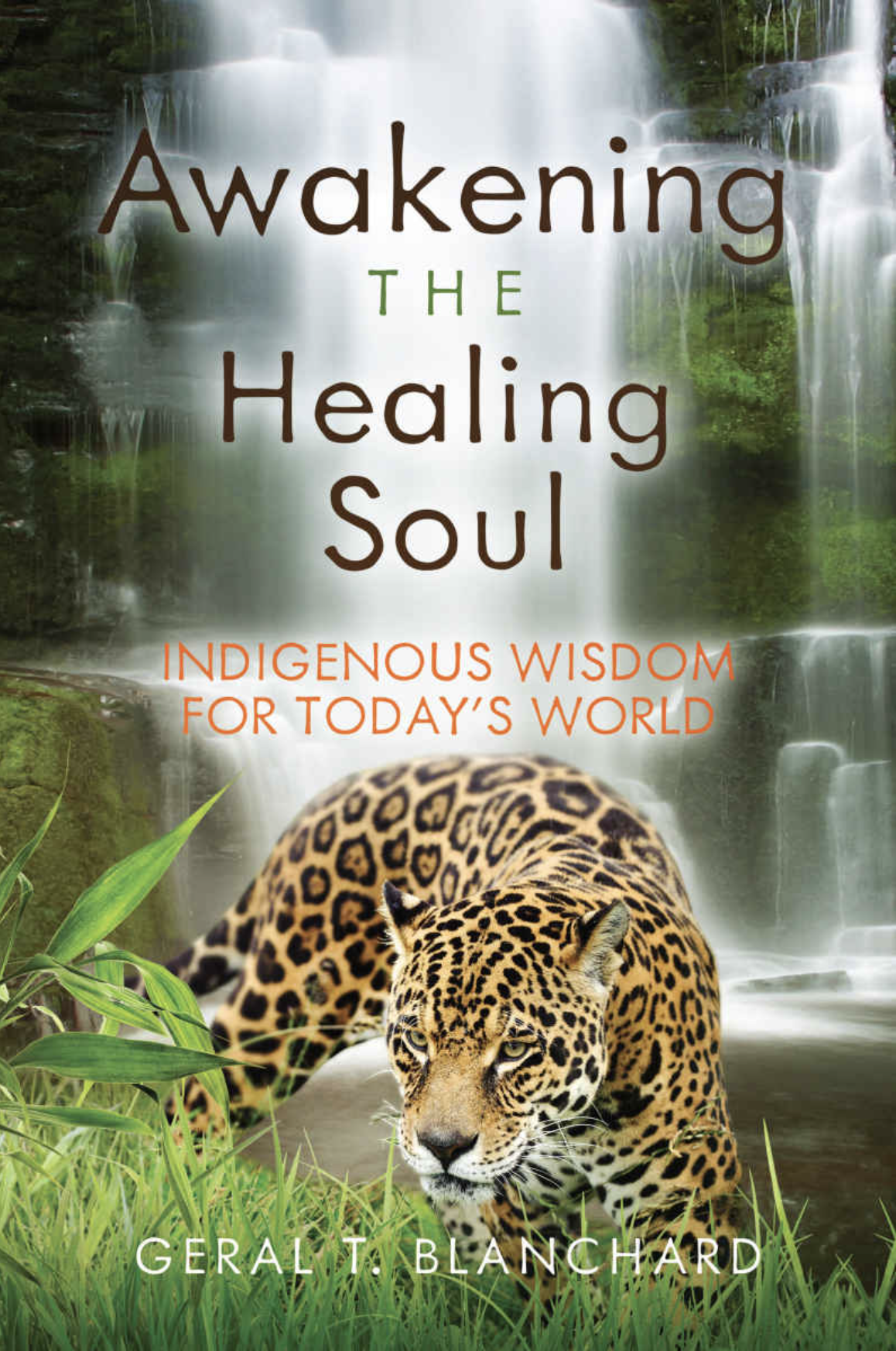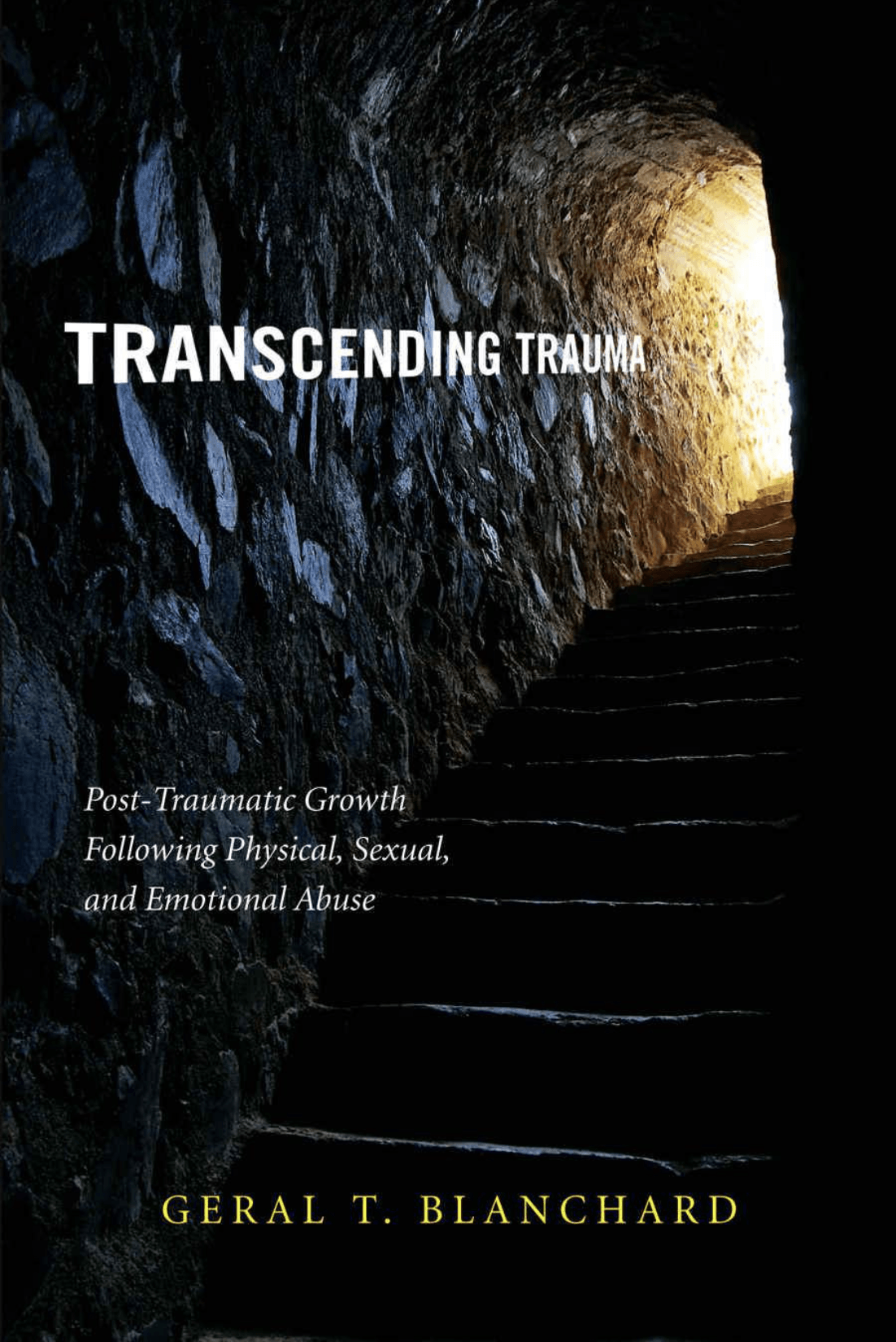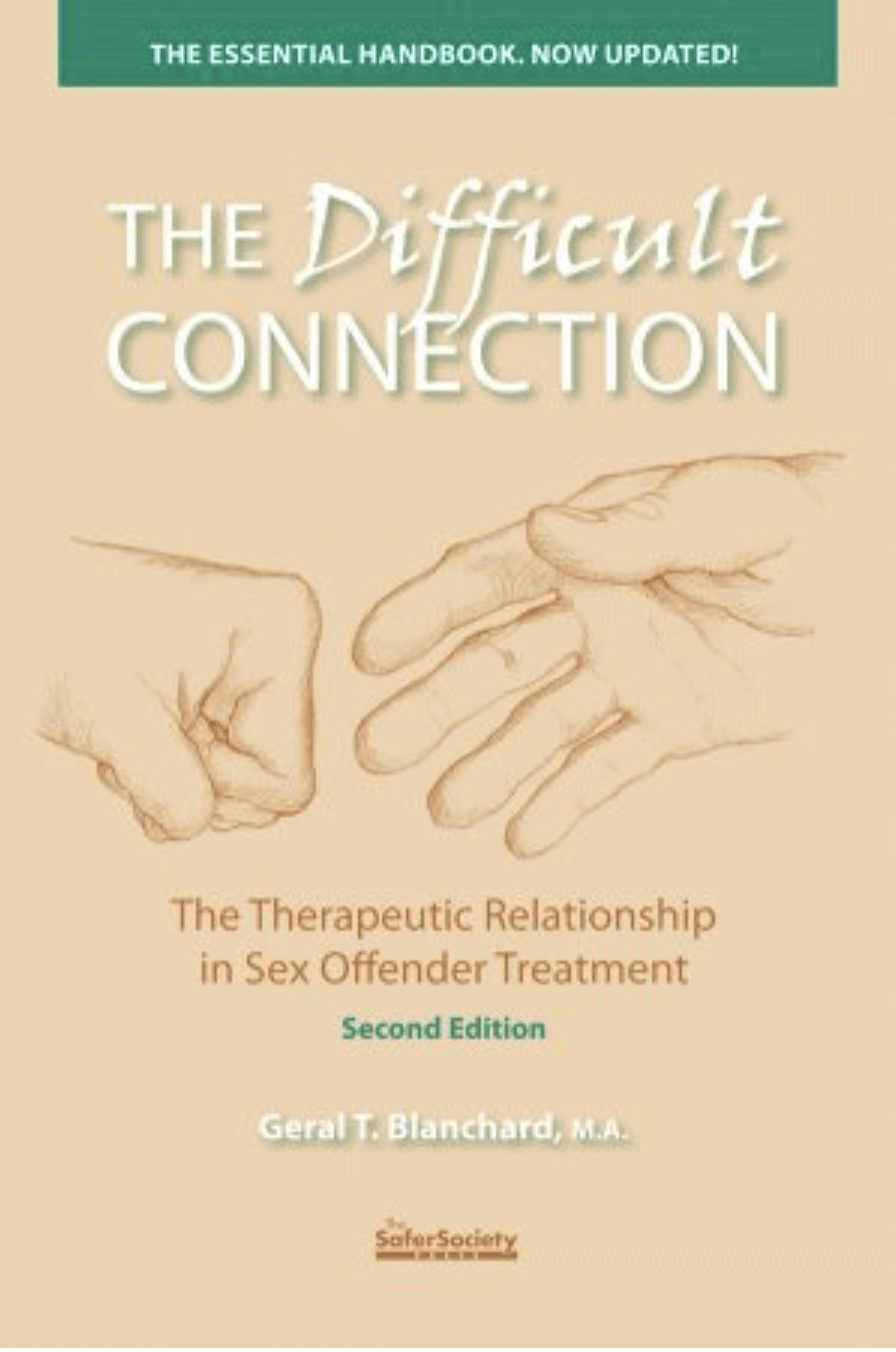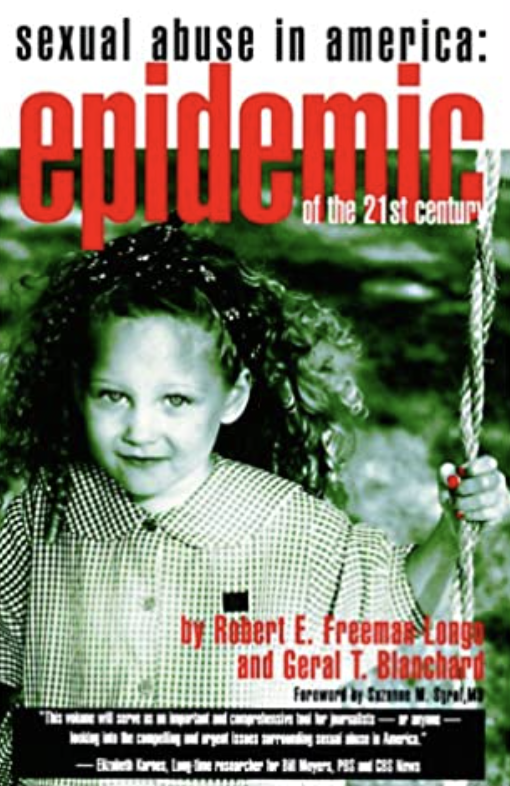Geral Blanchard, LPC, is a psychotherapist who is university trained in psychology and anthropology. Formerly of Wyoming and currently residing in Iowa, Geral travels the world in search of ancient secrets that can augment the art and science of healing. From Western neuroscience to Amazonian shamanism, he has developed an understanding of how to combine old and new healing strategies to optimize recovery, whether from psychological or physical maladies.
MDMA Treatment: A Kind and Gentle Exorcism?
Along the way exorcism got a very bad reputation. Thanks, in part, to the 1973 movie, The Exorcist -- with Linda Blair’s head-spinning, projectile vomiting, levitating, and speaking in tongues -- we lost nearly all vestiges of what a real and healthy exorcism could look like.
The film industry relegated the subject to horror thrillers and gave virtually no attention to its ancient origins in overcoming soul loss. Soul retrievals, as commonly observed to this day in Africa, are legitimate attempts to recover lost innocence by expelling emotional attachments from unhealthy people.
Worldwide, cultures have been concerned with possessions, spirit attachments, and soul thefts but they have commonly been thought of as illusory in the West. Upon closer examination the essence of possessions, in the language of psychology, is about malevolent narcissists and emotional vampires, individuals (and even cults) who exploit others by sucking positive energy from them. A person becomes contaminated by negativity and unwittingly can incorporate it into their psyche.
Trauma patients come to MDMA treatments feeling compelled to quickly shake this energy off, imagining the cathartic event much like a Labrador retriever coming ashore following a swim. If only it was that easy. Yet, there is a knowing that a trauma cycle may only be completed by a choreographed event, especially when trusted people bear witness to the event.
Conventional talk therapy usually lacks the punch, power, patience, endurance, tenacity, and imperturbability to calmly stay with a patient’s pain long enough to “ride it out” to its natural conclusion. A traditional exorcism – like the Catholic church has employed for centuries -- usually takes many hours, employs many rituals, and may require repeated attempts to achieve the desired emotional release. While an indigenously inspired and ceremonial MDMA treatment does not have the drama and religiosity of a Catholic exorcism, it extends over many hours and as many as three sessions to approach, examine, and ultimately release patient pain.
And this kind of physical dislodging can be raucous. There may be tremors, yelling, rocking, screaming, gasping, gagging, groaning, or writhing. HOWEVER, when the releasing process has been allowed to complete its natural course what usually follows is laughter, bear hugs, contentment, and immense relief. A burden has been lifted, or as the biblical saying goes, “I laid my burden down.” Relief! The patient may say, “Whew! I didn’t know I had all of that in me. Wow!”
In the far north of Canada, some indigenous tribes have words for evil people or the curse of evil. Paul Levy in his book, Dispelling Wetigo, likens the spirit attachment felt by victims to a brain virus. That is what wetigo is. He wrote: “When their mind has been colonized by the virus in such a way that they don’t have the slightest clue about their pathological condition. They usually don’t…even recognize it, because it is all they know.” They may have grown up with it and never realized it needed to be inspected and challenged. This is the personal and paradoxical experience of being near emotional vampires, he writes, “what is most me is not mine.”
For tens of thousands of years African Bushmen have confronted entrenched physical and emotional illnesses using
trance journeys. They still dance around a fire in the dark of night for hours. Women sing continuously. Num rises from their feet, heats their body, doubles them up in joyous pain, only to have their illness dispelled. Num could be compared to
chi,
wakan, or one of the countless other words used to describe our vital energy. Num rises from Earth first entering the feet, and like a heated and powerful blast of energy. It shoots up through the entire body – what some might term
kundalini. This is a natural reset phenomenon.
In an ecstatic or highly charged ceremonial environment, ideally with a sacred tone and sometimes with music in the background, a dramatic shift in one’s internal energy can occur, like being kindly struck by a bolt of lightning.
There have been many words used for this, a séance, mystical experience, primal therapy, or soul retrieval. But spirits are contained, corralled, defused, and mastered.
Not all contemporary therapists are comfortable with all the heated emotionality of these events. There may be little tolerance for such healing enthusiasm as they were never trained, nor have many ever witnessed, such a transformative event. To the uninformed, this approach can seem deeply disturbing and unprofessional. Yet, indigenous cultures have successfully used ceremonies like this for tens of thousands of years. It’s more than a passing trend -- like EMDR, tapping, etc. -- but to most, somewhat inexplicable.
What’s happening is very normal and natural. The patient’s inner healer, inner physician, or inner shaman is being awakened by pain. We should not fear ourselves nor demonize the life supportive energy that resides in our intuitive heart. Shamanism is the world’s most ancient practice of tapping that power within. So, when a healer, much like a shaman, has a deep inner peace when a boisterous healing is occurring, understand that from experience they understand the outcome of the game. That is why they give thanks in advance for the healing that is about to occur when proper protocols are put in place in a sacred setting.
So, if your exorcism is unfolding, try not to fear it. After all, fear is usually about something that is not real. It rests on the foundation of what might happen as a result of external forces. Therefore, most fears are hallucinations. Instead, chose to embrace the wisdom of homo sapiens inner healer because it has a history grounded in success.
**********
“You are the author of your experiences – and your experiences are generated by the thoughts [and emotions] you choose to focus on.”
- Jose Luis Stevens in
Awaken the Inner Shaman
*********
Additional Reading: Footer - Paragraph | 12 pt | Lora | Double Light Height
All Hyperlinks - Paragraph | 16 pt | Lora |
Italic Underline | Color #bf7152
Other Topics
Basics of MDMA
Rituals and Ceremony
Brain and MDMA
Trauma
Heart
Energy Movement
Quantum Physics
Native Cosmologies
Nature
Spirituality/Enlightenment
Kogi Tribe
Books written by Geral T. Blanchard
More Articles



















